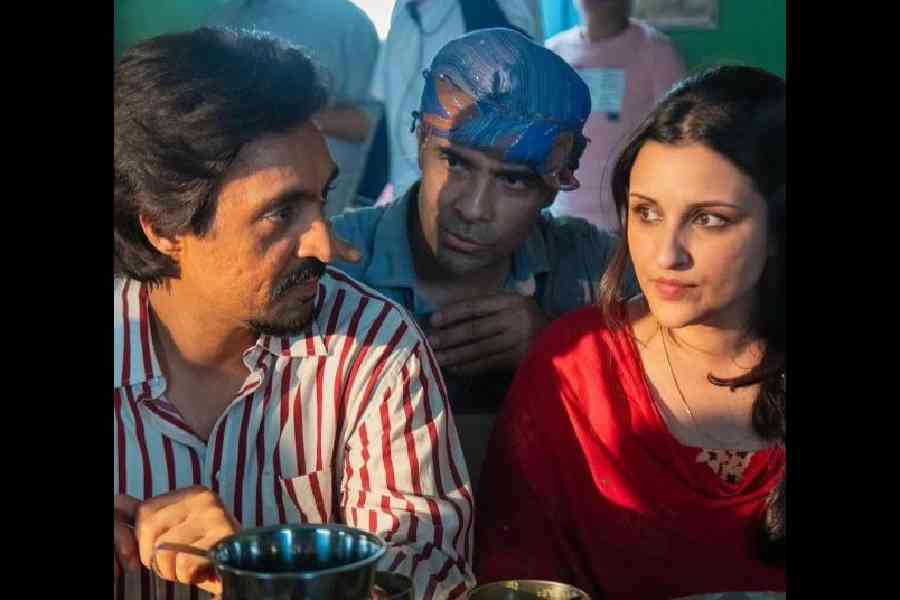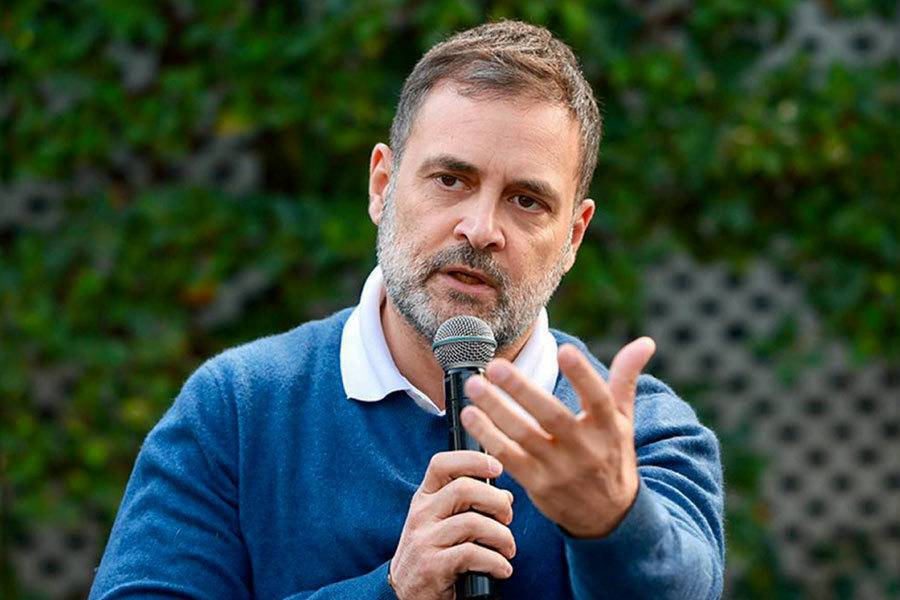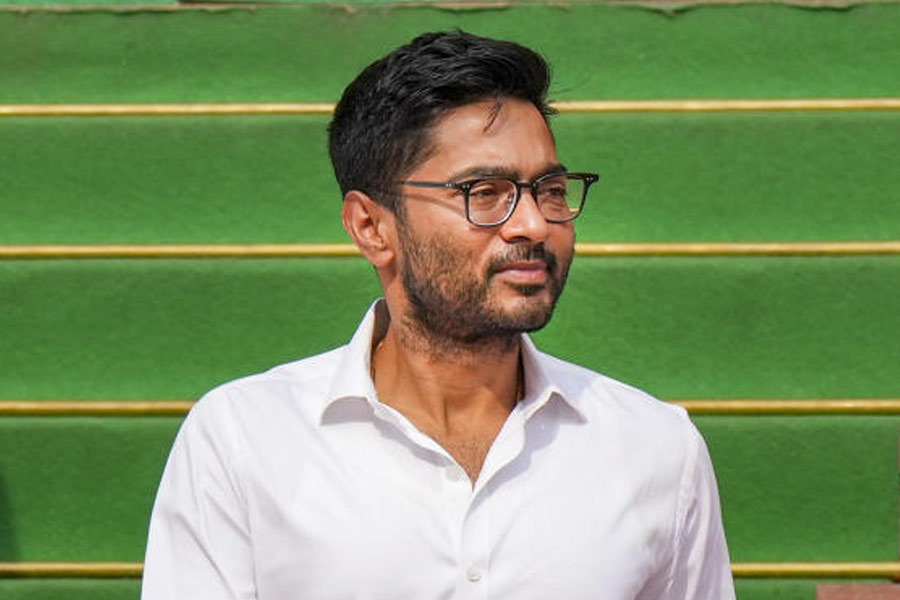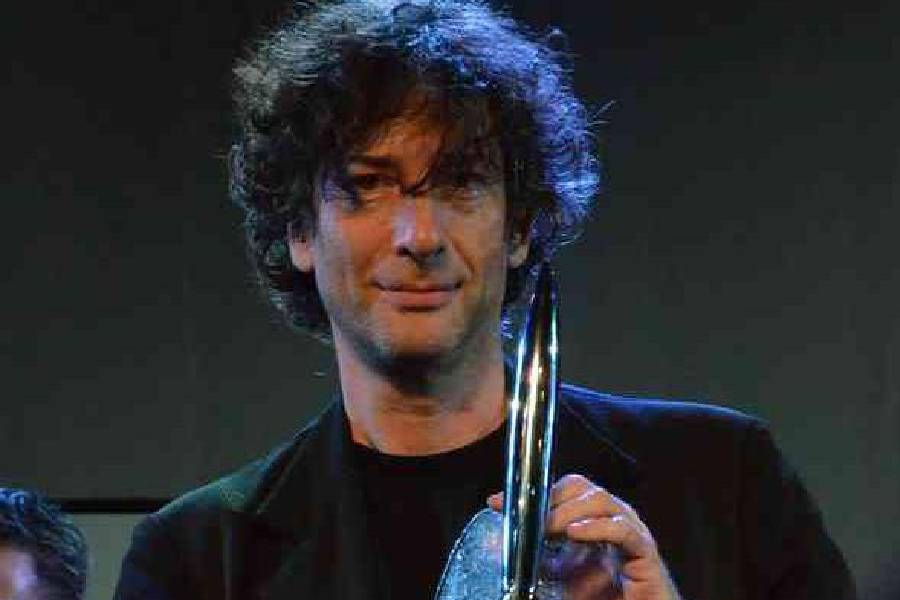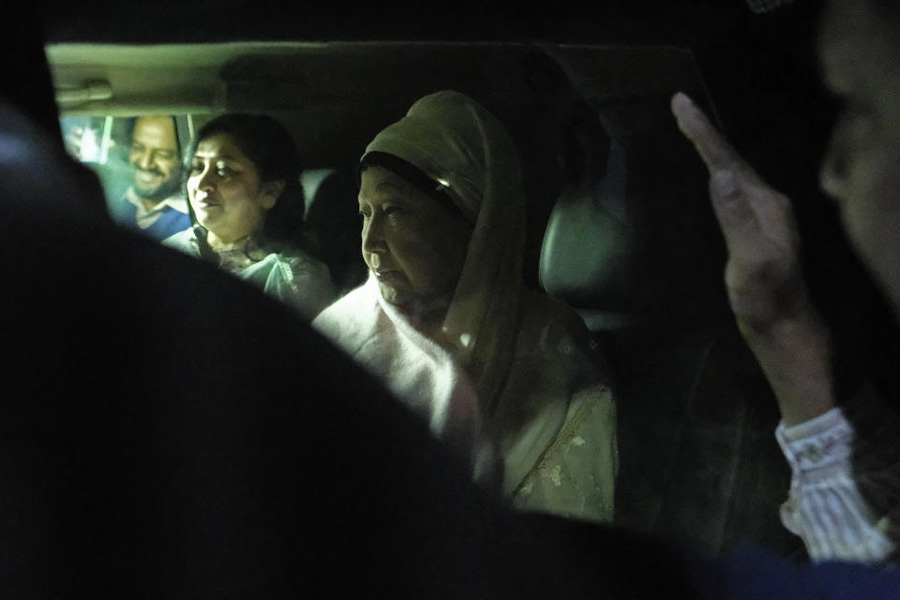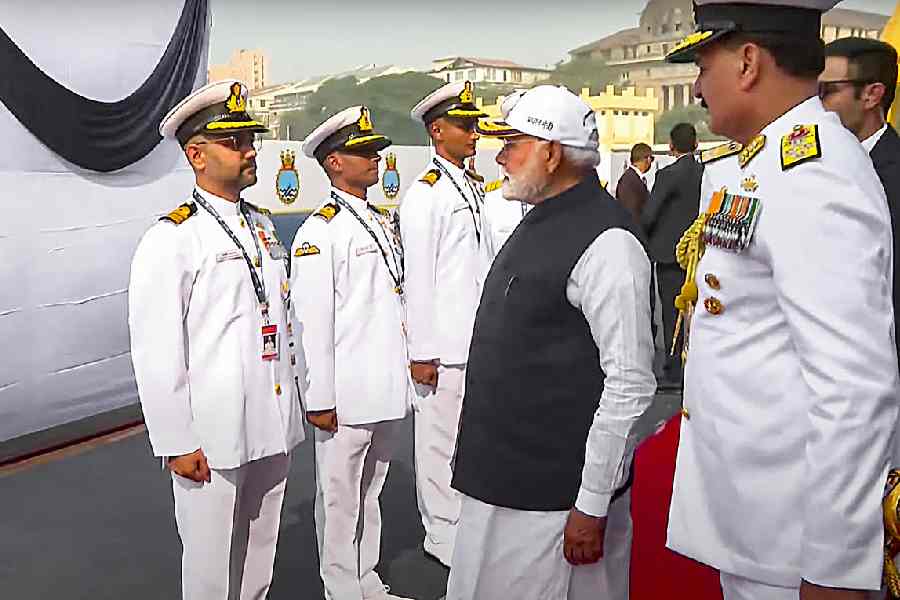Bringing a real-life story to the screen is always tricky business, the primary dilemma being how to strike a balance between the truth and the creative liberties needed to make the adaptation entertainment-friendly. This is of particular challenge in the digital medium where stories need to be compelling enough to appeal to a wide demographic. If it is a series, then there is the added pressure of having to hold on to the audience’s interest over multiple episodes, and if one is good enough, across several seasons.
But just in the last year alone, Netflix India seems to have hit the sweet spot, not only selecting and commissioning real-life stories that give a whole new spin to the adage ‘truth is stranger than fiction’ but has also packaged them in a way that makes for binge-watch as well as provides food for thought.
The streaming giant’s Black Warrant, released last Friday, is a case in point. Based on the eponymously named book that spills the secrets housed within the walls of Tihar Jail, one of the most dangerous and populous prisons in the world, the seven-episode series from Vikramaditya Motwane tells its story from the perspective of Sunil Kumar Gupta, a jailer who spent 35 years at Tihar, starting from the early 1980s. With its engaging narrative peopled with interesting real-life players, the series is a bonafide winner, starting the year for Netflix on a good note.
AUTHENTICITY & RESONANCE
Black Warrant simply takes forward the almost unblemished track record of the streaming service in recently serving up one real-to-reel winner after another. Last year, Netflix aced the game with Amar Singh Chamkila — based on the extraordinary life and tragic end of the Punjabi singer after which it is named; IC-814: The Kandahar Hijack, which goes behind-the-scenes of the infamous Kandahar hijack of 1999; and Maharaj, based on the landmark Maharaj libel case of 1862. If we go a little back, there is Trial By Fire — an engaging and empathetic look at the Uphar fire tragedy — that released to both critical acclaim and eyeballs in early 2023.
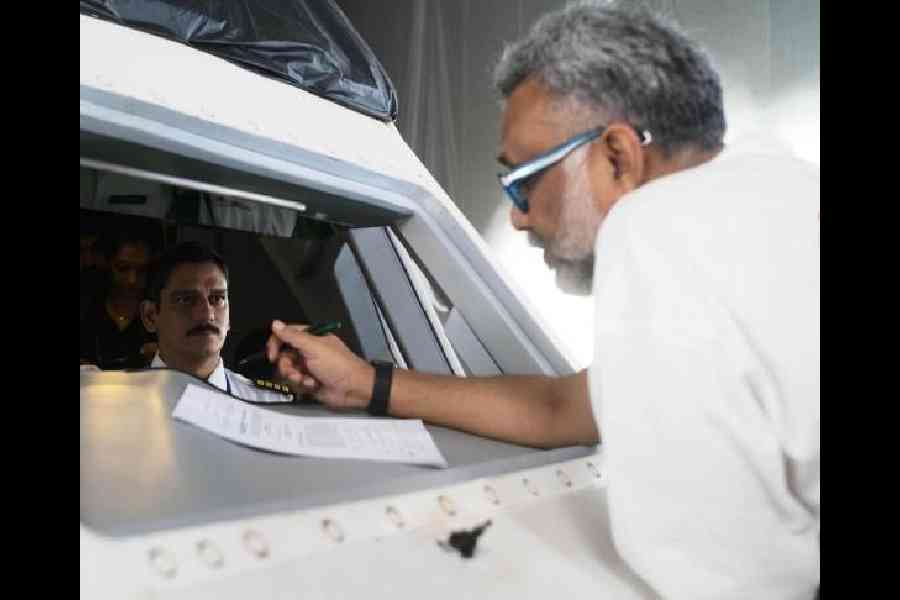
IC: 814 — The Kandahar Hijack maker Anubhav Sinha (right) with actor Vijay Varma on the sets of the series
Authenticity and relatability are the pillars on which any real-to-reel adaptation is built and all these titles have come up trumps on that front. “Real-life stories resonate deeply because they offer authenticity, foster emotional connections and reflect relatable human experiences. They illuminate themes of resilience, cultural nuances and pivotal moments in history. At Netflix, we delve into India’s rich culture to craft impactful narratives that honour creators’ visions, delivering entertainment through meaningful stories that provoke thought and leave a lasting impression,” Monika Shergill, vice-president, content, Netflix India, tells t2.
The robust appetite for real-life stories on screen has proved to be a shot in the arm for makers, particularly those who already have a track record for bringing real people and their stories alive on screens, both big and small. Director Anubhav Sinha is one of them. The man behind hard-hitting cinema like Article 15 and Mulk, struck a home run with IC-814 last year. “Sometimes there is something around you that sticks. Then it stays. Then it bothers. Then it spreads and it sprawls. Then it becomes a living being. Inside you. It talks to you. You listen. You say. Then there is quiet. The quiet brews. Then you wonder why. Why did it live this long? You wonder. You ponder. You look back. There it is. The relevance. It is the relevance that resonates subliminally,” Sinha tells t2, alluding to the power of a real-life story to stir something within both the maker and the viewer.
It needed the sensitivity and vision of a maker of the stature and sensibility of Imtiaz Ali to bring forth the story of Amar Singh Chamkila — a life dotted with highs and lows, a man who lived on his own terms and died for it. “Stories of individual exuberance, especially if it is counter-placed with society’s outlook and resistance, is always an attractive story. This story (Amar Singh Chamkila), particularly, was attractive because it was talking about an artiste who had no arrogance in his heart, but just love for what he did,” Imtiaz shares with t2. Offering a more overall perspective of the growth of this genre, he tells us: “Post-Covid, I think the entire world has moved towards finding something of greater emotional value to themselves. I believe, whether it is a real story or fictional, as audiences and also as creators, we are looking for that emotional quality to connect to in a filmmaking or viewing experience.”
AWARDS & ACCOLADES
The numbers speak for themselves. Amar Singh Chamkila, with Diljit Dosanjh in the title role, trended for a straight six weeks in India and on the global charts for two weeks. It has made its way to almost every year-end ‘best films’ list. IC 814: The Kandahar Hijack trended on the streamer’s Global Top 10 TV (Non English) list for three weeks on the trot and in India for 11 weeks. It reached the Top 10 list in as many as 42 countries.
Maharaj held a spot on the Global Top 10 Films (Non-English) list for four weeks, while also trending in India for 11 weeks. Trial By Fire reached the Top 10 chart in eight countries and trended for three weeks in India.
Zooming in on a story that one hopes will strike a chord with audiences globally is a tough terrain for any creator. Even more so for streaming services that cater to a diverse viewer base in almost 200 countries.
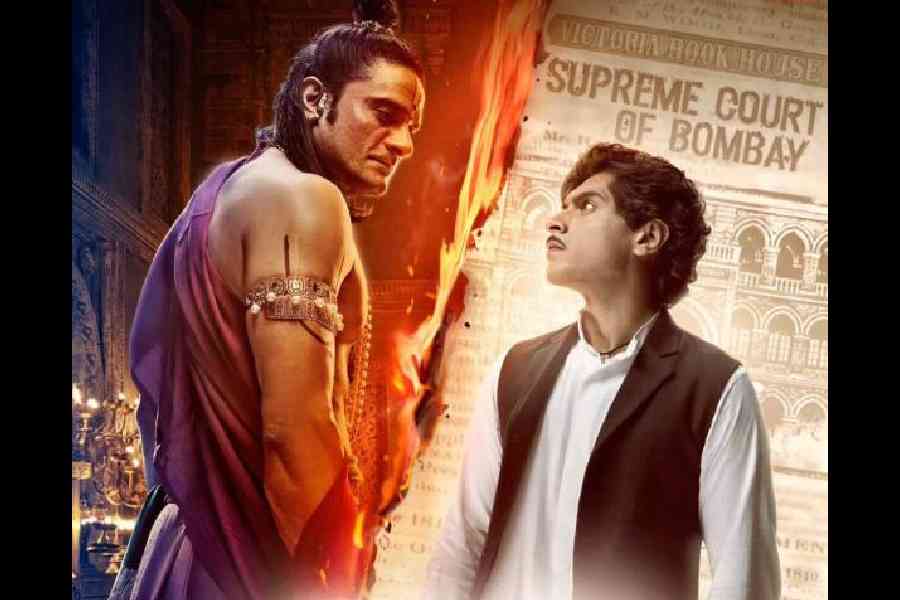
Jaideep Ahlawat and Junaid Khan in Maharaj
“Streaming has taken the audience’s desire for immersion in real-world setups to the next level. It supports long-form storytelling, which amplifies that experience. At Netflix, we have seen this transformation globally as well as in India where we have redefined the retelling of real events — stories that resonate deeply because they reflect lived experiences. When audiences see these stories on screen, they truly appreciate the authentic portrayal. From our documentary series and films like The Hunt for Veerappan and The Elephant Whisperers, to scripted series and films like Trial by Fire and Amar Singh Chamkila, we are able to connect with viewers on a profound level, delivering content that captivates and leaves a lasting impact,” is the word from Shergill of Netflix.
THE IMMERSIVE & THE UNSEEN
For Siddharth P. Malhotra, who lived with the story of Maharaj, the debut vehicle of Aamir Khan’s son Junaid, for many years, it is the excitement of creating an unseen world and bringing history to life that motivates him to pick his stories. Responding to t2’s query as to what kind of real-life stories are likely to resonate largely, Malhotra says: “When you choose a theme that is universally relevant, that is what audiences connect with. For example, a story of good triumphing over evil or that of David vs Goliath will always be relevant.” He adds: “Exploring themes like good vs evil and telling the stories of luminaries like Karsandas Mulji, Dadabhai Naoroji and Bhau Daji Lad is a once-in-a-lifetime opportunity. Thanks to Maharaj, people now know who Karsandas Mulji is — they might visit a library in Matheran and respect the name attached to it. As a filmmaker, contributing to society by sharing such impactful stories is incredibly fulfilling.” Malhotra believes that the audience of today craves compelling stories that aren’t just imaginative but have something meaningful to take back.
“I gravitate towards such narratives because the visual world is beautiful, and the human story is profound, unheard of and larger than life,” says the filmmaker, who a few years ago, directed the real-to-reel film Hichki, based on American motivational speaker Brad Cohen’s autobiography Front of the Class, with its protagonist (played by Rani Mukerji) making a mark in the world despite being afflicted with Tourette Syndrome.
Prashant Nair, whose visceral yet sensitive storytelling in Trial By Fire, complemented by stellar acts from Rajshri Deshpande and Abhay Deol, earned it high praise, has an interesting take on what makes for compelling content. “We seem to live in times where we are increasingly looking towards each other for entertainment and information — social media, reality TV, UGC (user-generated content), product reviews — I think the obsession with true crime and real-life stories might be a part of this larger trend. But also, the best movies have always allowed us to live vicariously through other people, to experience other worlds, seek thrills that we wouldn’t otherwise — they have always made us feel we are right there, experiencing it first-hand without having to actually pay for the consequences ourselves. I suppose knowing that what we have just experienced actually did happen to someone gives it that extra dimension and somehow makes it more visceral.” For Imtiaz, “the presence of conflict, violence and its co-existence with art and entertainment is relevant today,” and makes for interesting and educative viewing.
DISCOVERING A STORY
With the advent of streaming, many a story culled from real life and focused on unsung heroes has found a home. Unencumbered by the constricting diktats of box-office and ‘what sells in today’s times’, these stories have made their way to us. How do these stories, however, reach the men and women who make them?
“You discover stories like these through reading, meeting writers, research, plays, and conversations. It feels like a manifestation.... once you are drawn to such stories, they start finding you,” Malhotra tells t2. At present, he is working on two-three real-life stories that he says “found me rather than the other way round.” What guides his choice, he adds, is the human journey. “Does it have a clear arc, beginning, middle and end? Will it leave viewers emotionally fulfilled, offering a visual spectacle while taking them on a rollercoaster of emotions? A real-life story may need elements added for adaptation, but if its arc, event or character is inspiring and impactful, it is worth telling,” he says.
Malhotra reiterates that his focus lies on the human graph — the character’s goal, their obstacles and the triumph of their spirit. “Today, good isn’t enough, you have to aim for extraordinary. When a story resonates deeply with me emotionally, that is when I commit to adapting it and investing the time.”
For Imtiaz, Chamkila is a rare real-to-reel entry in his filmography, but which he found himself instantly enamoured by. “Many people have tried to make Chamkila, but I was lucky to have actually been the one that the story came to. We get to know these stories by conversations, we speak and tell each other incidents and stories and about people, so that is how I ultimately got to know about Chamkila and many other stories of real people and some fictional stories as well,” Imtiaz tells t2.
Is there a path or process that helps him arrive at the stories he picks, we ask the man behind films like Jab We Met, Rockstar and Tamasha. “There is no logical process, I decide on it in an instinctive way. I don’t even decide, actually, I just end up making a film and then realise I am making it!”
He adds: “I don’t think that a real-life story is more suited to be told on screen than a fictional story. Both have their pluses and minuses. Some people feel that telling a real-life story gives a kind of backbone to your story and makes it easier to make a film because you already have a basis for a screenplay. But I feel that even if you make a real-life story, you need to ask yourself why you are the one that should make it. You should have your own story within the story of the person you are talking about.”
The basic idea behind telling a story — and more so based on real-life — needs its maker to be clear about certain things, feels Prashant Nair. “Telling a story through a film or series takes several years of your life and I think you have to identify with the underlying theme — what is this really about at its core, what questions is this story asking of its makers and its audience — and be passionate enough about those to spend all this time on it. You need to feel that exploring those questions will leave you in a better place as a person or enrich your life for it to be worth it.”
WITH REAL-LIFE COMES RESPONSIBILITY
The challenges of telling a real-life story on screen are manifold. “First is the research, getting it right. Second is not whitewashing an event or character. That is very, very challenging. Be careful about what story you pick up. And be careful about the rights or the holders of the rights. You also have to keep the public sentiment in mind when you write, script and execute a film,” sums up Siddharth P. Malhotra.
Nair echoes the same. “The most challenging part is the responsibility one feels towards the people whose lives your portray on screen — you want to do them and their stories justice and yet, you cannot tell their stories with an agenda or it will come across as hollow. You need to dig deep, consider all perspectives, peel away the layers and be as truthful, objective and multi-dimensional as you can in your approach because nobody wants to watch perfect, flawless heroes... they just don’t resonate on screen.”
The Netflix India success story in this real-to-reel journey is evident in the kind of impact these recent titles have had, irrespective of whether they have reflected the zeitgeist or been from a different time and space. Says Shergill: “Engagement and conversations are the true metrics of success for any film or series. Amar Singh Chamkila took social media by storm, reviving interest in a legendary Punjabi folk artiste and his timeless music. The film’s portrayal of Chamkila’s life and struggles fostered admiration and a deep emotional connection. Maharaj captivated audiences by shedding light on one of India’s prominent reformers, Karsandas Mulji. The story highlighted his progressive vision and dedication to society, showcasing how he was far ahead of his time. Trial By Fire deeply moved both audiences and critics with its sensitive and thought-provoking depiction of a tragedy, prompting reflections on its continued relevance even today. IC 814: The Kandahar Hijack gripped viewers with its powerful retelling of a historic Indian event, skillfully portraying the resilience of those involved.”
“Each of these stories ignited empathy and underscored our passion for bringing authentic, heartfelt narratives to life. They connect people through shared experiences, offering not just entertainment but also inspiration and reflections on our shared humanity,” Shergill adds.
The streamer’s high viewing numbers with these titles — and many others — have been complemented by global recognition. The Elephant Whisperers won director Kartiki Gonsalves and producer Guneet Monga Kapoor an Oscar for Best Documentary Short Film two years ago. Hansal Mehta’s Scoop, based on the real-life story of Jigna Vora, who faced trial for the murder of fellow journalist J. Dey, scooped up the Best Series award at Asia Content Awards, while the Best Actress honour went to Karishma Tanna. The prestigious Asian Academy of Creative Awards recognised Rajshri Deshpande as Best Actress for Trial By Fire while
Selvamani Selvaraj won the Best Direction (Non-Fiction) for The Hunt for Veerappan.
Priyanka Roy
Which is your favourite real-to-reel film/series on the web?
Tell t2@abp.in

